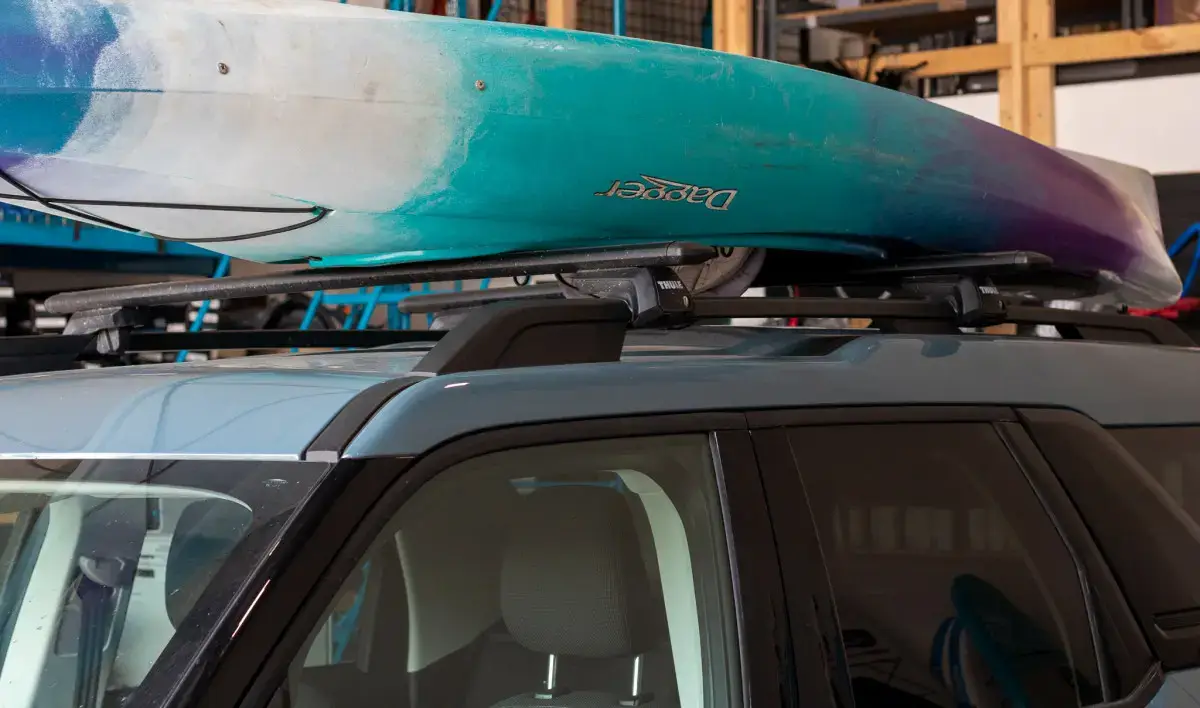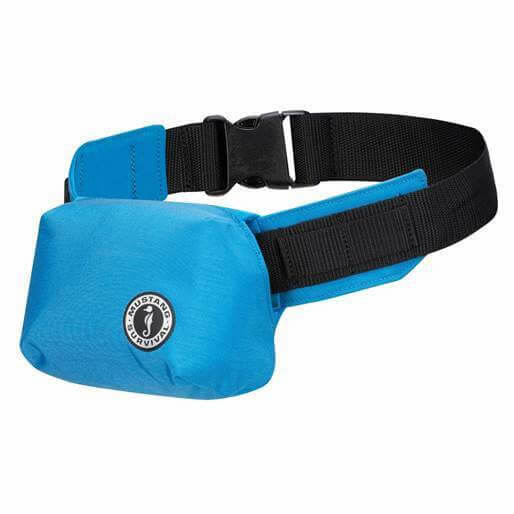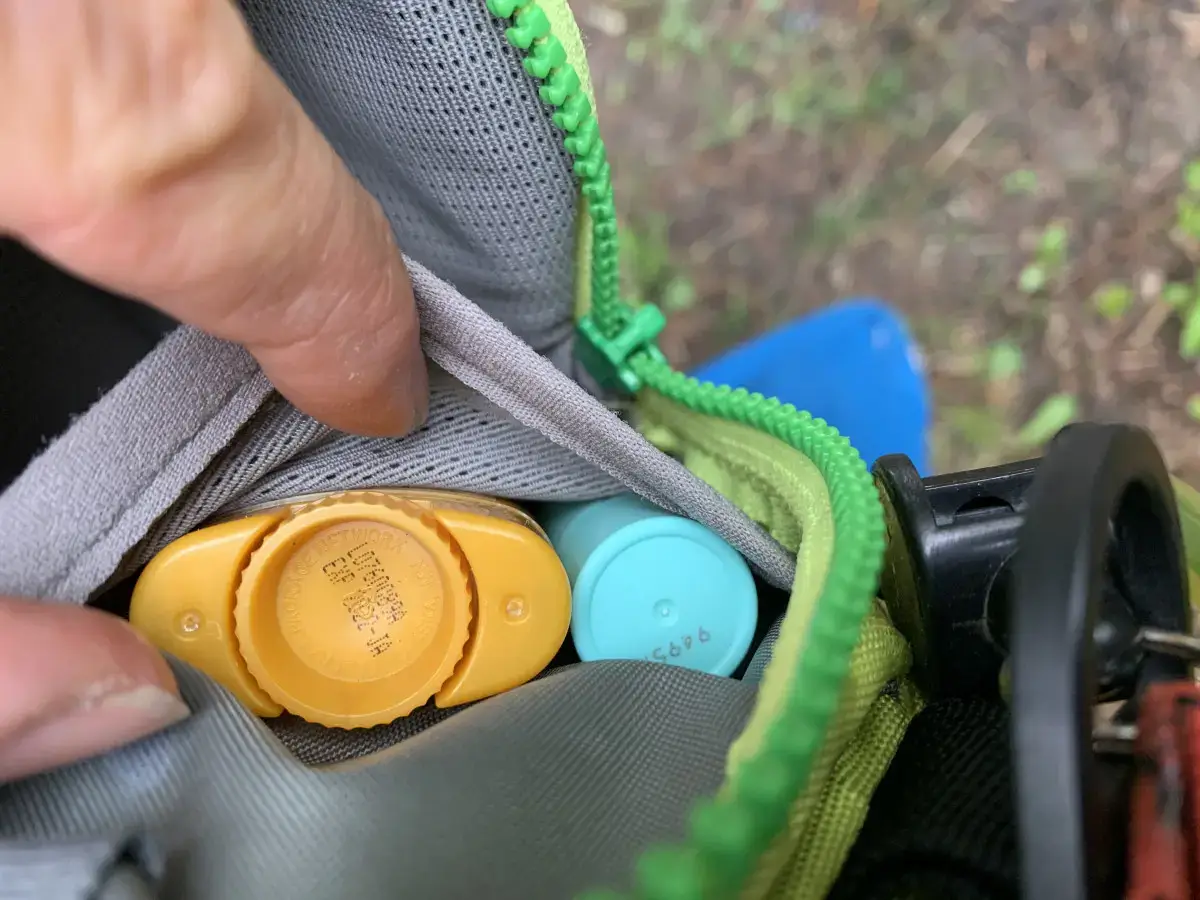As a SUP instructor, I know the importance of performing each SUP paddle stroke properly, and the forward stroke is no exception. Although it may sound simple, it's difficult to master. And, it’s the stand up paddle stroke you’ll use the most, so it’s worth spending time perfecting it!
The forward stroke propels the board and paddler forward. This stroke actually can be separated into 5 different components.
It's advised to start with some of the simpler steps and teach your body those movements before moving to the complex Pro tips. If you need help finding a SUP paddle, check out my post: Werner SUP Paddles How to Choose the Right One.
Mastering the SUP Forward Stroke
Things to Know About Your Paddle Before You Begin
Finding the Right SUP Paddle Height
- Start with the blade placed in front of your feet on flat ground.
- Extend an arm straight up to the sky, as high as you can.
- Bend your wrist over the paddle. The T-handle should NOT rest in the palm of your hand, as seen in the picture. It should sit slightly lower than your wrist and not lower than mid forearm.
A paddle which is too long puts extra stress on your shoulders. This can lead to injuries.
Power Face
The power face of the paddle is the side on the blade which applies force to the water as you paddle. This side of the paddle should be facing backwards as you paddle. If you find this confusing at first, put a sticker on the power face of your blade so you don't forget.
Hand Position
Positioning your hand on the paddle is important to get an effective paddle stroke.
- Place your top hand over the T handle, and your other hand wider than shoulder width down the shaft.
- Now raise your hands and paddle above your head with the paddle inline with your shoulders. Your elbows should create right angles, or 90 degree corners as seen in the picture.
This is the ideal hand grip location. Some paddlers may have a hand grip that is slightly shorter; it is recommended to prevent injuries to never go wider. This box shape can be used to create the triangle A-frame structure which helps with the focus of keeping one's arms straight but engaged during the forward stroke.
Think A-frame before you “Reach”
SUP Paddle Forward Stroke
Reach
Once you have created the A frame, you want to reach forward toward the nose of the board. This reaching action includes keeping one hand stacked over another so that the paddle is perpendicular to the surface of the water( aka straight up and down).
Note that your paddle stroke length is only a couple feet. You don’t have to place the paddle in the water at the nose of your board!
Reach PRO Tip
As you are reaching, your torso should be twisting ever so slightly with your shaft hand’s shoulder extending forward and your top T-handle arm slightly overhead.
Your head position, if kept in line with your shoulders, will have you looking out under your top T-handle arm towards the rail side of the board. Reach forward so that the paddle blade is ready for the catch. Two feet in front of you should be sufficient.
Catch
The catch of the forward paddle stroke is how effectively the blade has force on the water itself.
To produce a good catch (sometimes referred to as “plant”) the SUP paddle blade should be jabbed/ pushed directly down into the water. This is achieved by applying some pressure to the top T-handle hand to push the paddle down into the water while starting a folding/ falling motion onto the paddle.
The main purpose of this movement is to submerge the entire paddle blade into the water.
Catch PRO Tip
The catch should not produce any splash.
The angle of the blade “catching” the water, when applied straight, should be a smooth entry. If you’re creating a splash you’ve entered the power stage before you finish the catch.
The catch is the first part of the forward paddle stroke that starts to create the momentum to move. The angle of the blade entering the water is already starting to force water against the power face of the paddle.
Power
Beginners can make the mistake of paddling with their arms. Stand up paddleboarding is a full-body workout where you use your large muscle groups to produce the most power.
In the power phase of the SUP forward stroke, keep your arms as straight as possible (that A-frame).
Fold at the hips/waist to “fall” onto the paddle while keeping your back straight and knees slightly bent. This helps start the catch portion of the paddle stroke, as well as the power phase.
As you rise up from the “falling” downwards action, you’re still pulling the board forward with your core.
Stopping the power phase at your feet is essential. Anything behind your feet, the blade starts pushing water towards the surface rather than producing forward momentum beside the board.
Power PRO Tip
The slight torso twist is added to the power phase to engage more muscles from the core. This tip aligns with the Reach Pro tip -- it is the release of the twist created with the stacked hands and extended shoulders.
Sinking into the upper motion of a squat will also help to engage your larger muscles in your lower body, to help with stability and strength in your paddle stroke.
Release
The release is when the SUP paddle leaves the water.
The priority is to leave the water with the least amount of resistance. This is done by turning the paddle blade 90 degrees so the power face of the blade is facing away from the board.
The blade is now parallel to the rail of the board. The paddle is then lifted out of the water as the paddlers body is extending up from the downward motion created by the folding/hinging action at the hips, and also from the lowered centre of gravity from the upper motion of the squat.
Recovery
The recovery phase of the SUP forward stroke is when the paddle is out of the water. Paddlers drop their top hand off to the side and get the blade just slightly above the surface of the water.
This is done with the blade still parallel to the rail: the top T hand is lowered across the body to be in front of the shoulder. This allows the paddle angle to change from stacked hands, to approximately 2 o’clock angle in front of the body.
The paddle blade will now be lifted above the surface of the water and can be directed forward towards the nose of the board, to begin the catch phase again. Note that the top T hand’s elbow can slightly bend to make this action a little more fluid.
It is incredibly important to keep your head up and watch where you are going. There’s alot going on with this paddle stroke, which is why I recommend signing up for some instruction.
But for you self-learning, enthusiastic go-getters, here’s some common mistakes:
Common SUP Forward Stroke Mistakes
Weight is Not Distributed Properly
Many paddlers, when they start reaching during their forward stroke, will actually place more weight on the paddle-side foot.
This sinks the rail into the water and directs the board towards the opposite side. Keeping your weight even on both can be helpful with keeping your board straight.
Get a friend to video you doing a forward stroke and watch for this. I notice more mistakes in paddlers' forward strokes as they try to paddle faster and their technique falls apart.
Drag Off the End of the Power Phase Going into the Recovery
This is a super hard one to notice because it happens during the release.
As the paddler begins to feel off balance at the end of the power component, they slightly stall on the blade as they bring it out of the water. This causes an unpredictable force depending on how long the stall, and what angle their blade is at. Practice the release slowly to feel that the blade comes out of the water without friction.
Following the Rail of the Board During the Stroke
If we take a look at the shape of a paddle board, you will notice that their rails are not two parallel lines on either side. Most paddle boards are rounded to allow the water to flow around the board, so the board can cut through the water.
Following the rails of a board leads to turning the board towards the opposite side the paddler is paddling on. The paddle stroke should be a straight line beside the board.
PRO Tip
If you are still struggling to stay paddling straight, even with the stroke straight beside the board, adjust the blade angle. Turn the blade ever so slightly that the powerface faces you.
This redirects the water to help push more force under the board, rather than beside it. This is the last tip because correcting for weight imbalances, and paddle stroke location should be considered first.
Mastering the Forward SUP Stroke Conclusion
Hopefully this hasn’t overwhelmed you. There’s alot going on when it comes to moving forward in this sport. Taking a lesson from a certified instructor can benefit you, to get you the feedback in order to continue moving in the right direction.
“Dreams don’t work unless you do”
Kimberley Kenyon
Badfish Team Athlete
AQ Outdoors Whitewater SUP and Splitboard Ambassador
Advanced and River 1 SUP Instructor Paddle Canada
@borntoboard.ca
Related SUP Articles
AQ Outdoors Contact
Edmonton: (p) 780 463-4892 (e) info@aquabaticsedmonton.com
Calgary: (p) 403 288-9283 (e) info@aqoutdoors.com




































































